
This week I’ve been thinking a lot about old-time things. My aunt Gen (short for Genevieve) died on Tuesday. She’s my great-aunt, and her last remaining sibling on earth is my grandma. They and their brothers were born in the Mormon colonies in Mexico. All of them lived well past 90 years old. Gen was born in 1918, the year of the great Flu Pandemic, just after her family returned to Mexico after being evacuated during the Mexican Revolution. She was one tough and smart cookie, and one of the kindest people I know. She grew up without electricity, running water, or indoor plumbing. She was a young mother in the last years of the Great Depression. She cooked over fire and charcoal; her first home as a bride had a brick stove with a hole on top in which to put charcoal. She got herself a 5-gallon metal bucket, turned it on its side, cut a door, set a rack inside it, and placed it over that hole. That was her oven. “I couldn’t bake very large of loaves,” she said, “but it worked.” The first car her family owned was purchased when she was in her mid-30s.
When I was younger, she lived about halfway between my family’s house in Utah and my grandparents’ home in El Paso. We’d often stop and spend the night with Aunt Gen. Even in the 80s and 90s, she had no TV in the house, which made for lots of times sitting and telling stories or playing games. And she always—always!—made us lemon sugar cookies. (Maybe I’ll post that recipe soon. Twenty years ago or so I tried to duplicate it several times-- and failed—until I called her one day and learned the secret.)
She moved next door to her son in Utah about 30 years ago and had been there ever since, gardening and canning with his wife and children, teaching the kids to crochet, bake apple pies, and shuck corn. When she was in her 80s, they found her one day on the roof, leaning over the edge with a big straw hat on. She was cleaning out the rain gutter with a running hose and a screwdriver to loosen the packed leaves. She was sick her last little while—though even in her last ten years she didn’t take a single prescription medication. She had a homemade cure for everything-- and they worked! ("For a bee sting, soak a tomato leaf in rubbing alcohol, then put it on the sting.")
What a lot of things she saw and did in her 101 years! And her older brother, Uncle Elvin, made it even longer. He was 103.
I sometimes wonder if and when we'll need those same skills and ingenuity that her generation had.
One food she was very familiar with was beans. They were a cheap, filling, healthy source of protein, B vitamins, iron, calcium, and magnesium. She and I both learned from her mom (my great-grandma Lillie) how to make the most delicious caramel for dipping apples, spreading on cakes, or digging into with a spoon. It didn’t have beans in it but was served at many bean meals. This is why:
She’d take a can of sweetened condensed milk, remove the label, wash the can, and set it in the bottom of a big pot. A stockpot type one, taller than the can was. Then she’d pour in some dry beans, carefully picked through to remove any little rocks or dirt clods, measure in some salt, and add enough water to cover the top of the can. Then the beans would be simmered for three or four hours until they softened through. (We didn’t ever let the pot boil dry, or the can could possibly have exploded.) When the beans were done, the caramel was done. We had to be patient while the can cooled down enough to open without spurting hot caramel on us. And the wait was worth it.
Do you wonder what the differences are between all the different kinds of beans? They’re all from the same sort of plant, and can be interchanged pretty freely. There are different sizes, colors, textures, and flavors. For that information, see the first two pages of the USU publication, Dry Beans and Peas. It also tells you how to cook them, whether you prefer the quick-cook method, the overnight soak method, or using a pressure cooker, slow cooker, stove top, or microwave.
If you’d like more old-time recipes, there are lots. Let's look at two that Aunt Gen would likely have been familiar with while raising her children.
“99 Ways to Share the Meat” is a brochure created in 1943 to help Americans cook under the new meat food rationing.
It includes advice on what to put with beans to flavor them. For we modern folks who might not know, ‘salt pork’ is bacon that is cut thick like steak, rather than sliced. Bacon is a great substitute. Same flavor, same cut, different shape.
85. For plain cooked beans, soak, simmer slowly in a covered pan. Flavor with something salt[y], sour, fresh, crisp, bright, or spicy.
86. Bake beans long and slowly. Good seasonings are molasses, mustard, salt pork, onion.
87. For better bean soup, add finely chopped peanuts… tomatoes… carrots… or a few slices of frankfurter or bits of cooked ham or sausage.
88. Hearty bean sandwich fillings. Combine baked beans with onion, pickle, relish, or catsup… Moisten with salad dressings… Combine chopped peanuts and baked beans.
97. Press cooked [beans] through a coarse sieve or grind in a food grinder [food processor] for pulp to make soup, croquettes, loaves, souffles.
98. Use cold [bean] pulp as filling for sandwiches. Mix with chopped onion and enough salad dressing [we’re talking mayo or Miracle Whip type stuff here] or milk to make it easy to spread.

The pamphlet begins by telling us, “Dry beans and their close cousins, the dry peas and lentils, are food bargains, budget-wise and nutritionwise. When buying, you can figure that a pound of one of these dry foods will provide 7 to 9 servings.” And then it tells about nutrition and getting the best protein value from them, which ones need soaked ahead of time, how much water to use when cooking them, and shortcuts for soaking and boiling them. Of course, recipes follow. (It also tells you how to can bean puree; disregard that, as it doesn’t fit within current USDA safety guidelines.)
What bean recipes do you love?
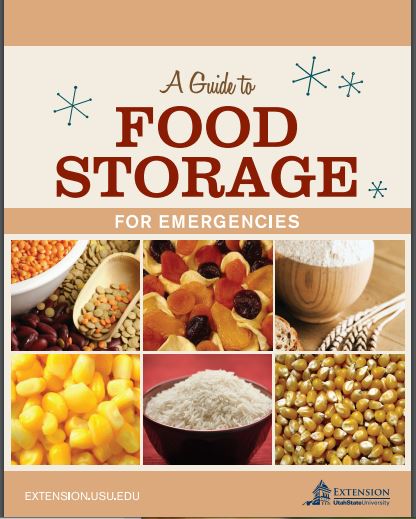
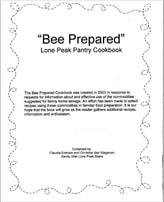
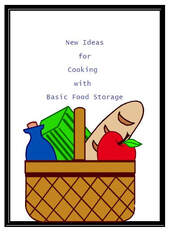
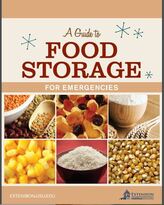
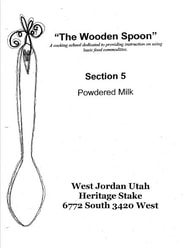
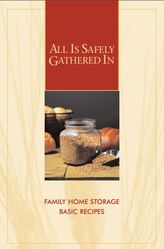
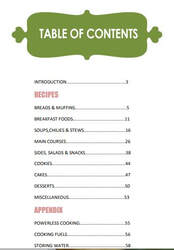
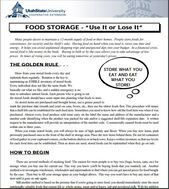
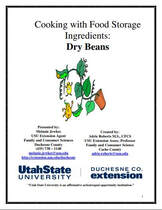
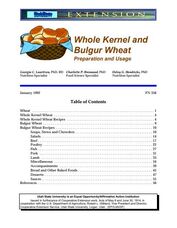
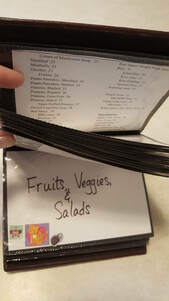
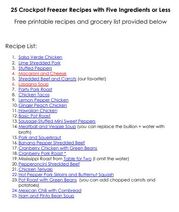
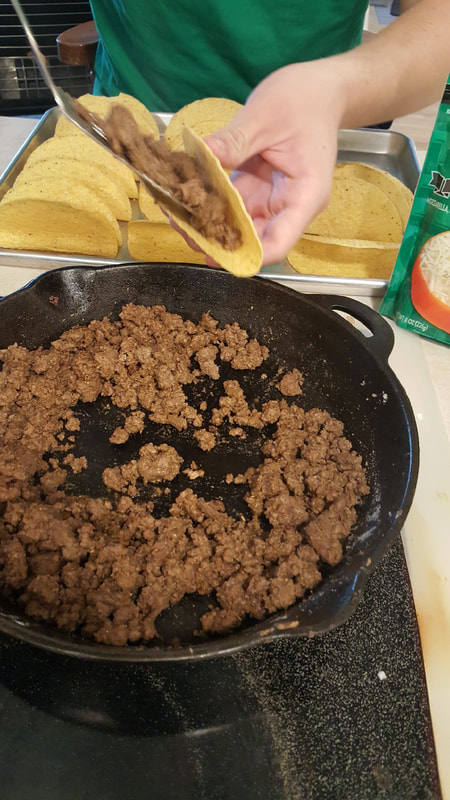
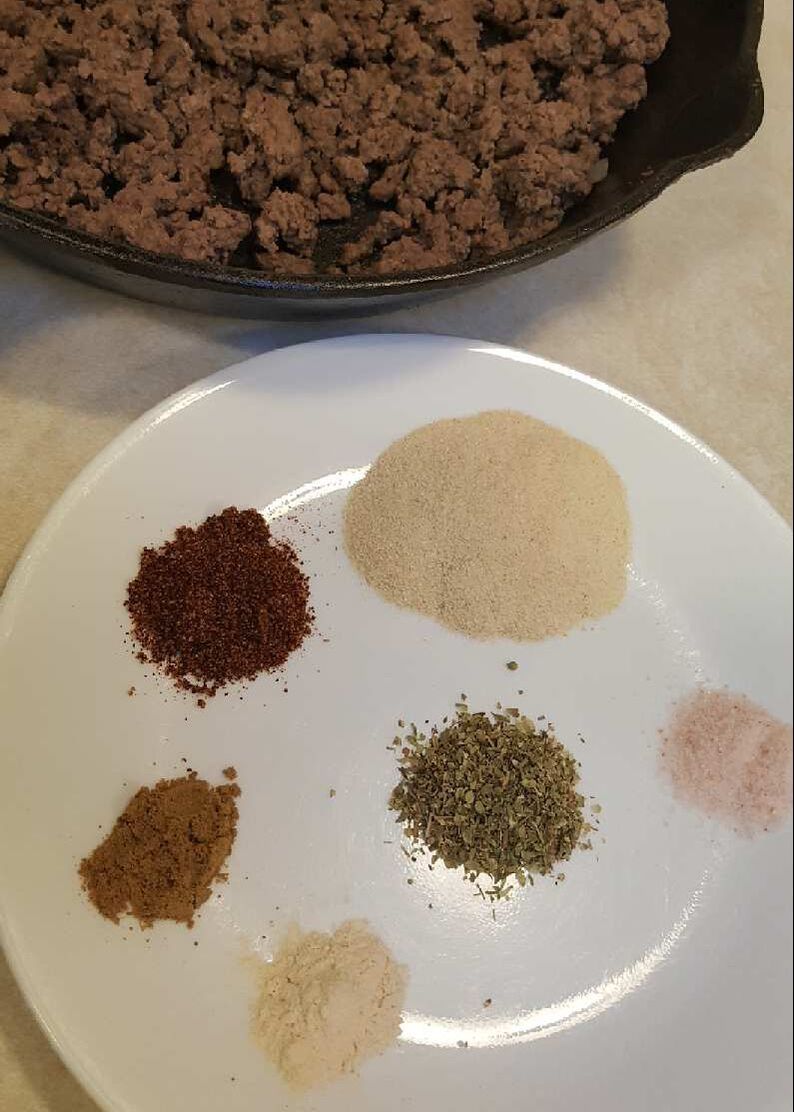
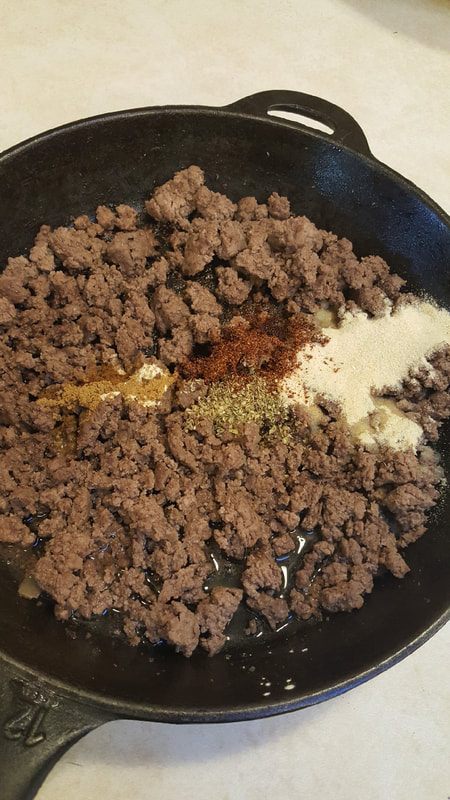










 RSS Feed
RSS Feed